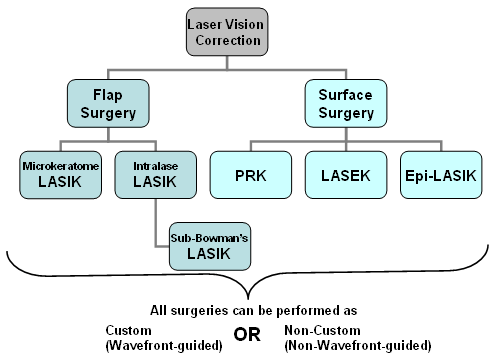Authored By-Ayers Noer
When contemplating the selection in between conventional cataract surgery and laser-assisted methods, you might find yourself considering the advantages and disadvantages each approach uses. The choice goes beyond the surface area degree of cost and precision, diving into the realm of long-lasting results and individual contentment. As you navigate via the intricacies of these 2 methods, it becomes vital to understand the nuanced details that can significantly affect your visual clarity and general experience. Keep tuned to discover read this article that will certainly direct your decision-making procedure in this essential element of eye treatment.
Traditional Cataract Surgery Benefits And Drawbacks
When considering standard cataract surgical procedure, you might find that it's a reputable and widely-used strategy. In this procedure, a doctor makes a tiny cut in the eye and makes use of ultrasound to break up the gloomy lens prior to removing it. When the cataract is gotten rid of, a synthetic lens is placed to bring back clear vision.
One of the major advantages of traditional cataract surgery is its record of success. Several clients have actually had their vision significantly enhanced through this procedure. In addition, traditional surgical treatment is commonly covered by insurance, making it a much more accessible alternative for numerous individuals.
However, there are some disadvantages to standard cataract surgical procedure as well. Recuperation time can be longer contrasted to more recent methods, and there's a somewhat higher danger of problems such as infection or swelling. Some patients may also experience astigmatism or require reading glasses post-surgery.
Laser-Assisted Techniques Pros and Cons
Discovering laser-assisted techniques for cataract surgical procedure reveals a contemporary approach that utilizes laser innovation to do vital steps in the procedure. One of the main benefits of laser-assisted cataract surgery is its precision. The laser allows for exceptionally exact incisions, which can lead to far better aesthetic results. Furthermore, using lasers can decrease the amount of ultrasound power needed throughout the surgical procedure, possibly reducing the danger of issues such as corneal damage.
On the downside, laser-assisted techniques can be more pricey compared to traditional approaches. This cost mightn't be covered by insurance, making it much less easily accessible to some patients.
Another consideration is that not all cataract cosmetic surgeons are learnt laser modern technology, which can limit your options for choosing a cosmetic surgeon.
Finally, while the laser can automate certain elements of the treatment, the surgery still needs a proficient doctor to make certain effective outcomes.
Relative Evaluation of Both Techniques
For an extensive understanding of cataract surgical treatment methods, it's vital to carry out a relative evaluation of both typical and laser-assisted methods.
Traditional cataract surgery includes hand-operated incisions and the use of handheld devices to separate and get rid of the cloudy lens.
On the other hand, laser-assisted cataract surgery makes use of sophisticated technology to create precise incisions and break up the cataract with laser energy before removing it.
In terms of accuracy, laser-assisted methods offer a greater level of accuracy contrasted to conventional approaches. The use of lasers enables customization of the procedure based on each person's eye anatomy, potentially leading to better visual outcomes.
However, laser-assisted cataract surgical treatment tends to be much more pricey than standard surgical procedure, which might limit accessibility for some people.
While both methods work in recovering vision impaired by cataracts, the choice between typical and laser-assisted techniques usually depends upon variables such as expense, precision, and specific person needs.
Consulting with your eye doctor can aid figure out the most appropriate strategy for your cataract surgery.
Verdict
Finally, when making a decision in between standard cataract surgery and laser-assisted techniques, think about variables like expense, precision, and individual needs. Typical surgical procedure uses a tested record and insurance coverage but may include longer recovery times. Laser-assisted strategies offer greater precision and personalization yet can be more costly and not always covered by insurance coverage. Ultimately, the selection in between the two methods depends upon what is essential to you and your certain situation.

